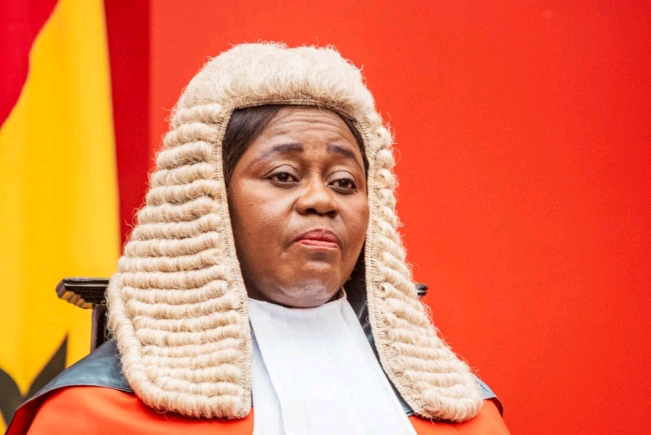By Alex Ababio
Accra, Ghana – 1 September 2025:
President John Dramani Mahama has officially removed Chief Justice Gertrude Araba Esaaba Sackey Torkornoo from office, effective immediately. The decision—announced via a presidential statement signed by government spokesperson Felix Kwakye Ofosu—follows a constitutional inquiry under Article 146(6) and (9) of Ghana’s 1992 Constitution, triggered by a petition alleging “stated misbehaviour.”
Earlier this year in April, in consultation with the Council of State, President Mahama suspended Chief Justice Torkornoo and established a five-member committee to investigate multiple petitions presented by citizen Daniel Ofori. The panel, chaired by Justice Gabriel Scott Pwamang and including Justices Samuel Kwame Adibu-Asiedu, former Auditor-General Daniel Yaw Domelevo, Major Flora Bazwaanura Dalugo, and Professor James Sefah Dzisah, conducted hearings in camera.
After reviewing extensive evidence—reports note around 10,000 pages and dozens of witnesses—the committee confirmed that grounds of “stated misbehaviour” were proven under Article 146(1) and recommended removal. Under Article 146(9), the President was legally obligated to act on the committee’s recommendation.
Chief Justice Torkornoo, Ghana’s third female holder of the post and a judicial reform advocate, has consistently denied all allegations, calling them politically motivated and without merit. Legal experts—including University of Ghana law lecturer Prof. Kwadwo Appiagyei-Atua—have confirmed that the removal process adhered to constitutional parameters, noting that due process was respected.
Expanded Context & Background
1. Historical Significance of the Removal
Chief Justice Torkornoo’s removal marks a historic moment—it is the first time in Ghana’s Fourth Republic that a sitting Chief Justice has been removed under constitutional provisions.
2. Appointment and Reform Leadership
Torkornoo was nominated in April 2023 by then-President Nana Akufo-Addo and approved by Parliament in June of that year. She was sworn in on 12 June 2023 as Ghana’s 15th Chief Justice. Throughout her tenure, she spearheaded e-Justice reforms, including digitization of court processes and justice delivery systems.
3. Constitutional Mechanism for Removal
By constitutional design, a superior court judge, including the Chief Justice, may only be removed on grounds of misbehaviour, incompetence, or infirmity after following due process. The Article 146 inquiry mechanism—including suspension, committee hearing, and presidential action—was all observed in Torkornoo’s case.
4. Controversy & Constitutional Debate
Public commentary reflects divergent views: while some celebrate the process as constitutionally sound, others—like constitutional lawyer Amanda Clinton—warn that it could weaken judicial independence and establish a precarious precedent where future Chief Justices may fear political reprisals.
5. Legal and Political Fallout
Torkornoo has filed a case at the ECOWAS Court of Justice, potentially adding international ramifications. The outcome may influence Ghana’s reputation as a democratic model in West Africa. Critics argue that even if the process was legally conducted, public trust relies on both legality and legitimacy.

